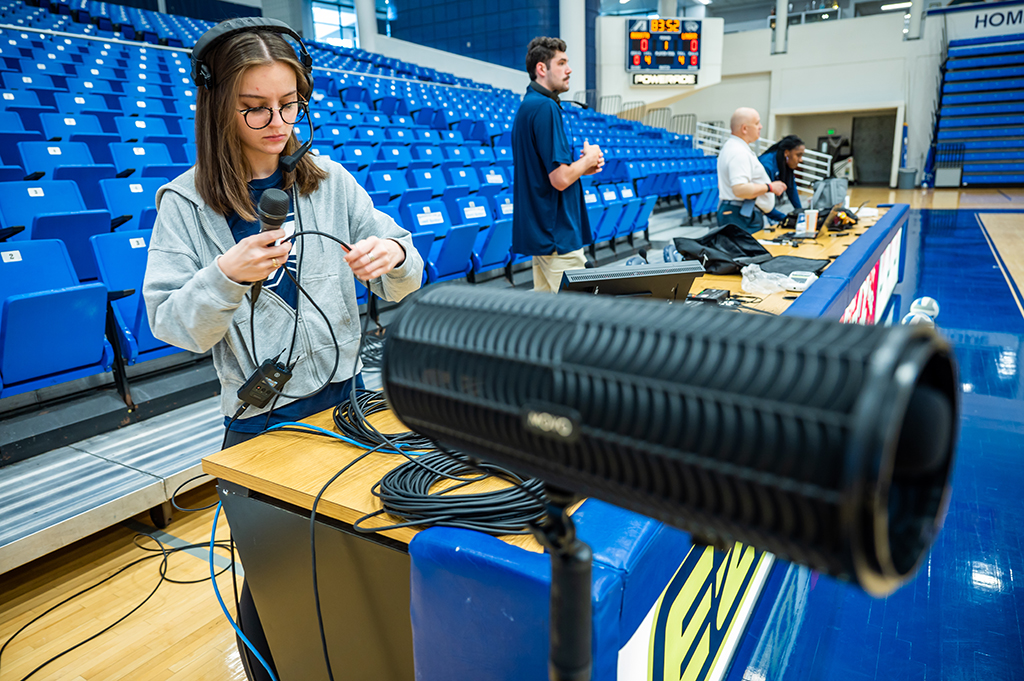The world of sports broadcasting has undergone a remarkable transformation, driven by a technological revolution that shifted the landscape from analog signals to high-definition HD streams. This shift, marked by the turn of the millennium, was not just a minor upgrade; it was a seismic change that fundamentally altered the way we experience sporting events. The era of analog broadcasting, while holding a certain nostalgic charm, had its limitations. Analog signals were susceptible to interference, resulting in grainy pictures, snowy screens, and muffled sound. The quality of the broadcast could fluctuate depending on weather conditions and transmission distance. Additionally, the limited bandwidth of analog systems restricted the number of channels available, making it difficult to cater to the growing diversity of sports fans and their niche preferences. The arrival of digital technology ushered in a new era of sports broadcasting. Digital signals are far less prone to interference, offering crisp, clear visuals and superior sound quality. This newfound clarity transformed the viewing experience, allowing audiences to appreciate the finer details of the game, from the intricate footwork of a footballer to the subtle spin on a cricketer’s delivery.

The digital revolution also paved the way for HD broadcasting, a technology that significantly increased the resolution of the picture. HD broadcasts boast sharper images, richer colors, and a more immersive viewing experience, drawing viewers deeper into the action on the field. The impact of digital technology extended beyond just picture quality. The increased bandwidth offered by digital systems enabled broadcasters to create a wider range of channels dedicated to specific sports. This catered to the ever-growing appetite of sports fans, allowing them to follow their favorite sports and teams with greater ease. Niche sports that were previously relegated to the fringes of broadcasting schedules finally received dedicated channels, fostering a more inclusive and diverse sports viewing experience. The digital revolution was not solely focused on improving the quality of what was being broadcasted; it also revolutionized how we consume sports content. The rise of high-speed data networks and digital storage solutions facilitated the birth of live streaming and on-demand services. These services shattered the traditional limitations of time and location, allowing fans to watch their favorite games live or revisit classic moments on their own terms, using a variety of devices – computers, tablets, and smartphones.
This newfound flexibility empowered fans, putting them in control of their viewing experience and fostering a more engaged and interactive relationship with sports. The technological revolution in sports broadcasting is not over. We are constantly witnessing advancements in areas like virtual reality VR and augmented reality AR that promise to further transform the way we experience sports. VR has the potential to transport viewer’s right into the heart of the action, offering a truly immersive experience, while AR can overlay real-time data and statistics onto the 해외스포츠중계, providing a deeper understanding of the game. In conclusion, the shift from analog signals to HD streams and beyond has been a transformative journey for sports broadcasting. This technological revolution has enriched the viewing experience, empowered fans, and fostered a more inclusive and diverse sports media landscape. As technology continues to evolve, we can only anticipate even more exciting developments that will redefine how we watch, engage with, and celebrate the world of sports.


